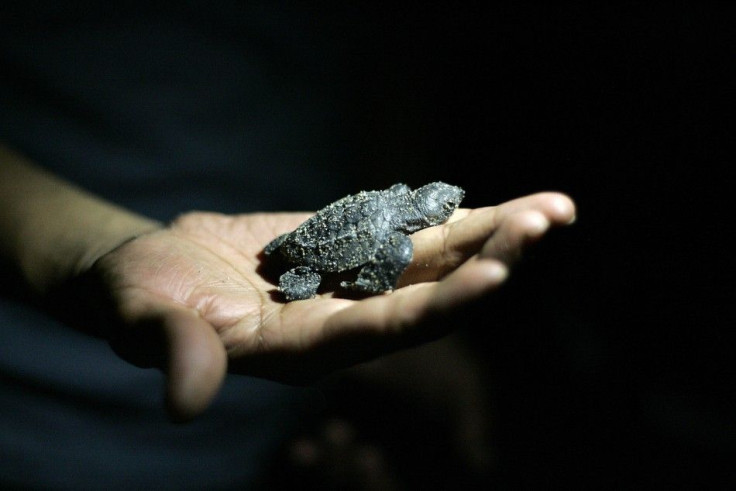Majority of world’s turtles ingest plastic and human rubbish, scientists say

More than half of the world’s sea turtles have ingested plastic or other human rubbish which can result to health problems and even deaths, claims an international study led by a University of Queensland. The east coasts of Australia and North America, Southeast Asia, southern Africa and Hawaii were cited as areas particularly dangerous for turtles because of debris loads and high species diversity.
Plastic ingestion can kill turtles by blocking the gut or piercing the gut wall and can cause other problems through the release of toxic chemicals into the animals’ tissues. To determine the extent of debris ingestion among turtles, the researchers examined threats to six marine turtle species from an estimated four million to 12 million tonnes of plastic which enter the oceans annually. In the risk analysis, it emerged that olive ridley turtles were at the highest risk due to their feeding behaviour and distribution. Olive ridley turtles commonly eat jellyfish and other floating animals, and often feed in the open ocean, where debris accumulates.
“Australia and North America are lucky to host a number of turtle species, but we also therefore have a responsibility to look after our endangered wildlife. One way to do that is to reduce the amount of debris entering the oceans via our rivers and coastlines,” says Dr Qamar Schuyler from UQ's School of Biological Sciences, who led the study. In a previous research, Schuyler and his colleagues showed that turtles and other wildlife accidentally eat plastics and other litter that entered the marine environment or mistake it for food.
The new research, which appeared in Global Change Biology, corroborates the results of a similar study on seabirds published in 2014 by CSIRO collaborator Dr Chris Wilcox and colleagues. Wilcox and his team discovered that more than 60 per cent of seabird species had ingested debris, and that number was expected to reach 99 per cent by 2050. “We now know that both sea turtles and seabirds are experiencing very high levels of debris ingestion, and that the issue is growing. It is only a matter of time before we see the same problems in other species, and even in the fish we eat,” noted Wilcox.
As early as the mid-1980s, scientists have already sounded the alarm about the threat non-degradable debris posed to sea turtles and other marine life. Dr Archie Carr, co-founder of the Caribbean Conservation Corporation, published earlier studies highlighting the problem of buoyant plastic debris in driftlines formed at the borders of ocean currents where young turtles spend their early years as passive migrants. According to Carr, of all the inhabitants of driftlines, little sea turtles appear to be the most vulnerable to the pollution found there. His observations, echoed by succeeding researches, provided compelling evidence of the effect of plastic pollution on sea turtles throughout their lives.
Contact the writer at feedback@ibtimes.com.au or tell us what you think below.





















